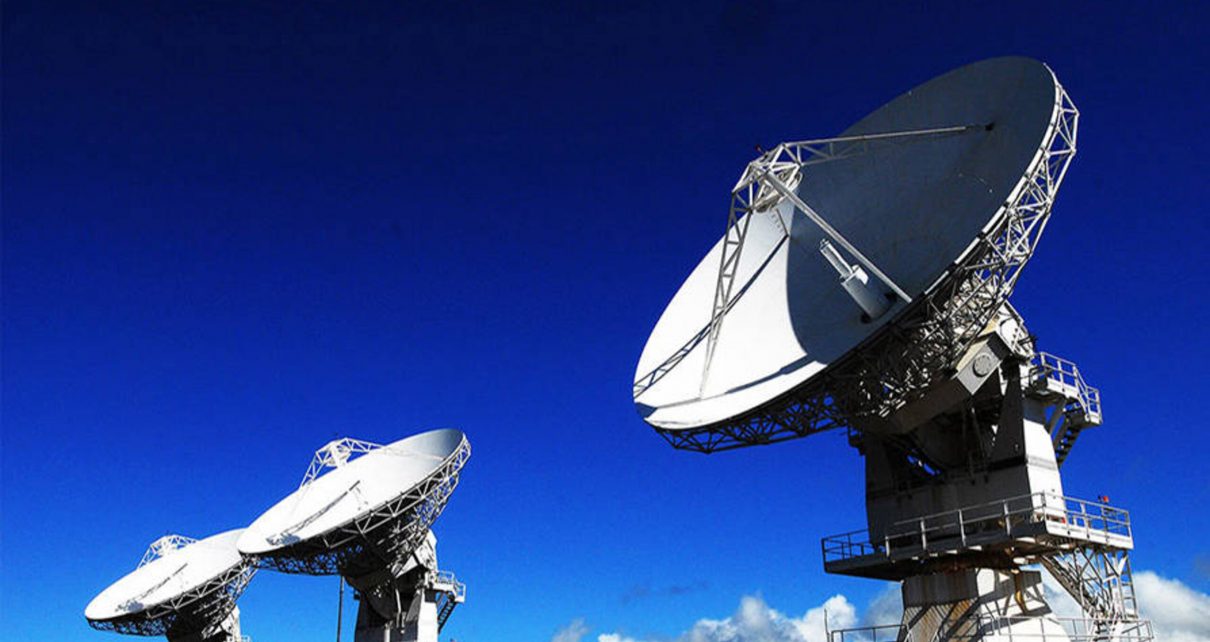To accommodate the additional airports being built throughout the nation, the Nigerian Airspace Management Agency (NAMA) has expanded the number of satellite ground base stations from eight to fourteen.
On Sunday, Mr. Matthew Pwajok, the acting managing director of NAMA, informed newsmen of this.
He mentioned that there used to be just eight satellite stations serving airports all over the world.
According to Pwajok, the base stations were constructed in response to the upcoming airports in Bayelsa, Anambra, Ekiti, Osun, Abeokuta, and other locations.
“We have to increase the number of satellite base stations from eight to 14, with some of them strategically installed in Benin, Enugu, Calabar, Jos, Kaduna, Sokoto, Maiduguri, Kano and Abuja.
“This is to enhance communication between pilots and Air Traffic Controllers in the upper air space,” he said.
Pwajok noted that the voice communication between pilots and controllers in the upper airspace, where it had previously had minimal difficulties, will further improve as a result of the new ground stations.
He claimed that the organization has replaced all of the landing systems in more than ten airports with brand-new doppler Very High-Frequency Omni-Directional Range (VOR) navigational equipment.
According to Pwajok, the agency made significant investments in ground navigation by installing Doppler VOR in at least 10 airports, including Maiduguri, Enugu, Minna, Jos, Sokoto, Kano, and Benin.
He continued by saying that Kano, Katsina, and Port Harcourt were now receiving Category Three Instrument Landing System (ILS) installations. To support the ground navigation systems, satellite-based navigation equipment had also been installed.
Pwajok stated that it had made significant investments in new airspace equipment because some of the facilities had become outdated. It also stated that it had replaced all of the outdated ILS with at least Cat2 ILS.
While the Cat1 ILS needed 800 meters for the approach and landing, the Cat2 ILS allows for approach and landing visibility of up to 300 meters.
He claimed that the Cat2 ILS had been built in over ten airports, including the domestic runway in Lagos, two in Benin, and one each in Enugu, Sokoko, Maiduguri, Abuja, and Lagos.
“We have also installed Cat2 in Yola, Sokoto, Jos, Akure, Minna and Ilorin in addition to the ones I cannot remember to mention,” he said.
In addition to the three Cat3 ILS that had already been erected in the airports in Lagos and Abuja, Pwajok claimed that the agency under his supervision was installing three more Cat3 ILS in Katsina, Kano, and Port Harcourt.
Pwajok claimed that the organization he oversaw prioritized the welfare of its employees by investing in their education, certifications, and pay, in addition to assuring safe skies, effective communication, and economical travel.
He claimed that pensioners who hadn’t received payments since 2018 had now gotten what was due to them.
He claimed that the purpose of making backlog pension payments was to make sure that these individuals were at peace and content with their families.
In a separate speech, Mr. Jibrin Haske, Director of Operations for NAMA, advised airlines to make use of the new technology installed to optimize air traffic operations and ensure the security of the Nigerian airspace.


